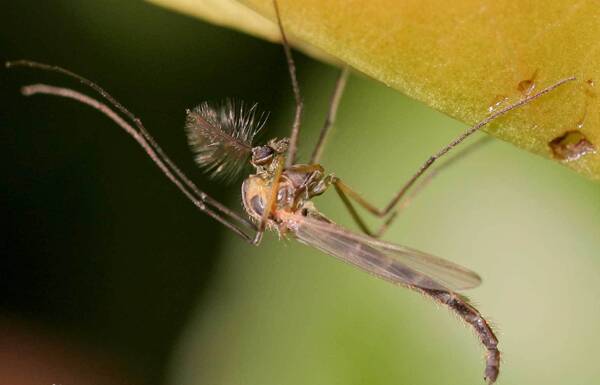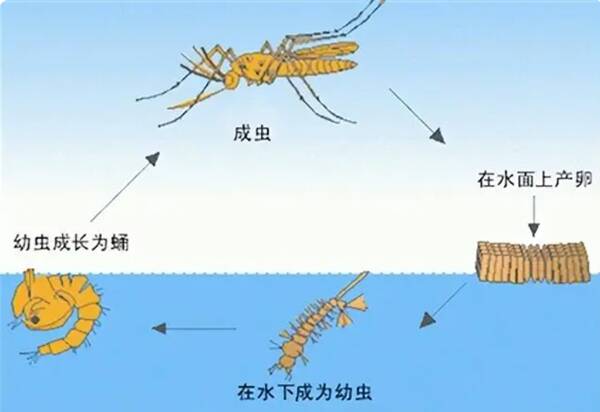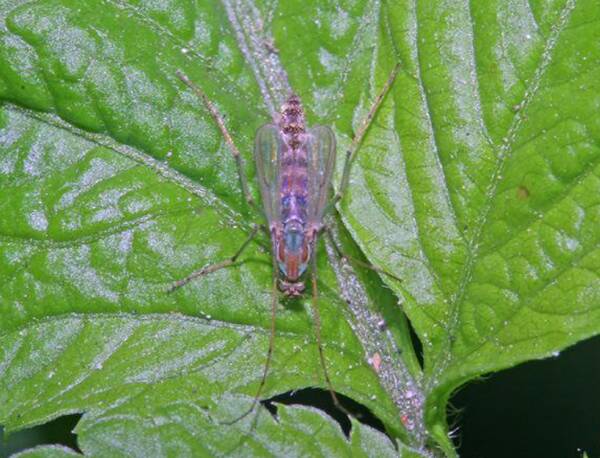Chironomids are the fastest insects on earth, beating their wings approximately 63,000 times per minute. If the tip of the wing is amputated and placed at a temperature of 99 degrees Fahrenheit, the wing flaps at a speed of about 130,000 times per minute. It is a very common and extremely tolerant aquatic insect. It is widely distributed in all kinds of water bodies. Its number accounts for more than half of the total number of benthic invertebrates, and its biomass accounts for 70% of the aquatic benthic animals. 80%. There are numerous insects that are of great significance in the ecological balance of freshwater waters and fish farming.

Chironomids are dioecious. In the warm season, when there is abundant food in the water, the eggs laid by female chironomids do not need to be fertilized. They lay a few to dozens of eggs each time, and they develop directly into small chironomids in the mother's hatching sac. These small "chironomids" Usually they are female. A female chironomid can reproduce continuously in batches, and the baby chironomids they produce will grow up and reproduce the next generation. This parthenogenetic method allows chironomids to reproduce in large numbers in a short period of time.

Chironomid larvae are an important link in the aquatic food chain and are feed organisms for many commercial fish. Most species of chironomid larvae can directly utilize organic debris in the water body, and their food intake is considerable, which can effectively purify water quality. The effect is particularly significant in eutrophic water bodies.
Chironomides are not hygienic pests and do not spread diseases, so people do not need to panic." Of course, too many "chironomids" will affect people's normal lives. Clearing weeds and clearing water can reduce the breeding of chironomids.

Large gatherings of chironomids are a warning of worsening water pollution. Water pollution increases the number of organic matter and microorganisms in the water body, providing sufficient food and growth environment for chironomids. Chironomids are suitable for growing in an environment of 15°C to 25°C. Every autumn is the peak breeding season for chironomids. If the high temperature continues after the beginning of spring and the climate conditions for chironomid growth are reached, the peak will occur half a year earlier.
animal tags:
We created this article in conjunction with AI technology, then made sure it was fact-checked and edited by a Animals Top editor.